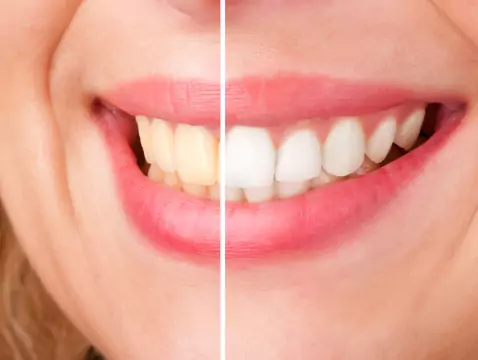Modern prosthodontics and cosmetic dentistry offer patients many different ways to improve their smile. Dental crowns or dental bridges still seem to be the most popular of these, but more and more people are considering getting veneers. Where does their popularity come from and what are the advantages and disadvantages of veneers?
Ad:








